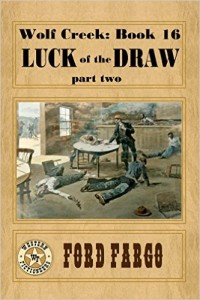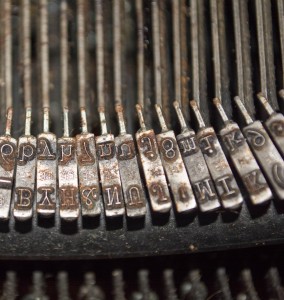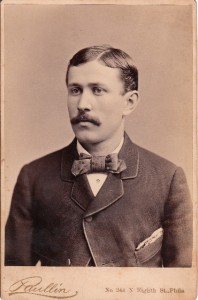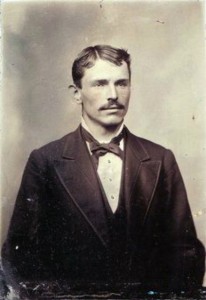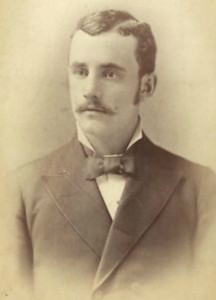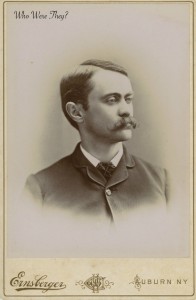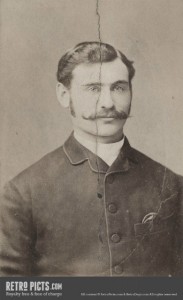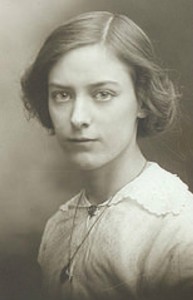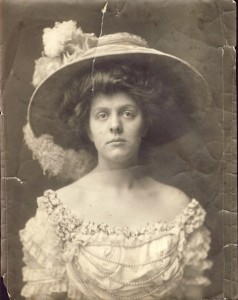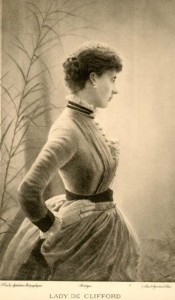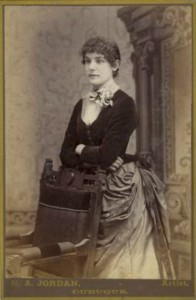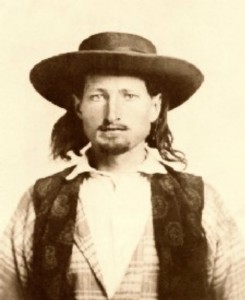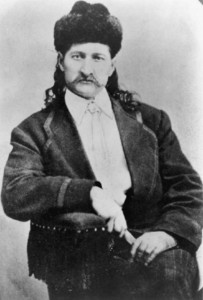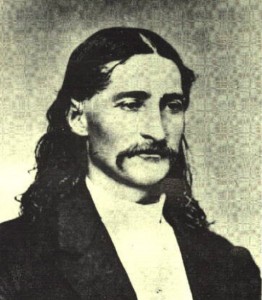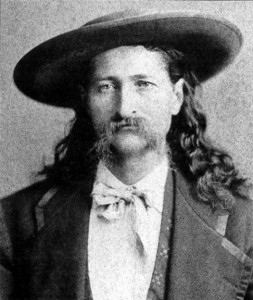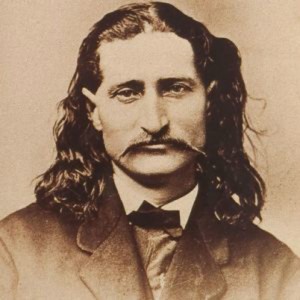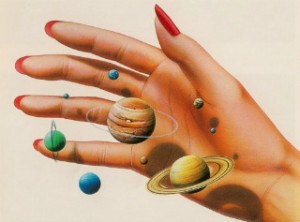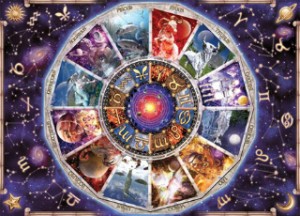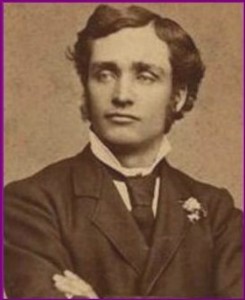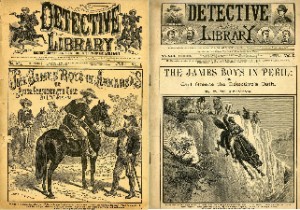Elizabeth Boyle’s webinar on Secondary Characters was quite informative. Here are some of her points.

First, what do you need secondary characters for?
- Lesson or Role? Your secondary character will be compared to the protagonist by the readers. Will they be a lesson to show the protagonist what not to do – or will they be a role model leading the protagonist the way they should be going?
- Mirror or Foil? Will your secondary character be a mirror-copy of the protagonist, holding up what needs to be seen and learned – or are they going to go against the protagonist and provide contrast? A mirror is a character that shares common attributes and may be part of the protagonist’s ordinary world. They may inspire, or they may be a cautionary tale (see below). A foil is a character that is almost the exact opposite of the protagonist, like Holmes and Watson or Will Turner and Captain Jack Sparrow. They highlight traits by contrast, offer lessons, and force self-examination.
- Help or Hinder? Will the secondary character help or hinder the protagonist? They can do the latter without being an antagonist, you know.
- Inspiration. What about inspiring the protagonist? How will the secondary character cheer the protagonist on and help them reach their goals?
- Cautionary Tale. Or will they show “there but for the grace of God go I”? This sort of secondary character shows the protagonist what they shouldn’t do or be, giving them a glimpse at the way things will be if the protagonist doesn’t change.
- Create Conflict. A good secondary character can create a lot of conflict for the protagonist, often without realizing it.
- Layers. And a secondary character can show different layers in themselves and in the protagonist. Start with the outer layers like clothing and mannerisms and move inward to things like how others perceive them, what is likeable about them, their inner character arc, and major life events or culture.
Of course, your secondary characters don’t have to do just one of the above. They can be multifaceted and perform several roles. You can even use an animal as a secondary character, showing the protagonist’s character by showing how they relate to the animal.
Secondary characters also have great powers of transformation for the protagonist. They can bring internal conflict into play and prod the protagonist to question internal beliefs. This can be done either directly or indirectly, by planting questions, showing evidence, or prodding with speculation.
Here are some archetypes for your secondary characters:
- The sidekick or BFF (Best Friend Forever): this character is a close friend (or family member) who sticks to the protagonist through thick or thin. Think Luke Skywalker and Han Solo or Harry Potter and Ron Weasley.
- The mentor, guardian, or magi: this is usually an older character who guides the protagonist along the way. Think Yoda or Gandalf.
- The love interest: this may or may not be the main romance in the story. A love interest doesn’t even need to be acknowledged by either party, but this character is the one your protagonist is in love with. Will Turner and Elizabeth Swann or Aragorn and Arwen are two good examples of a love interest.
- The skeptic: this character is, as it sounds, one that picks holes in the protagonist’s ideas and plans. “That’ll never work,” or “How can you justify that?”
- The fool: this is an innocent character, not necessarily ignorant, but naïve and usually somewhat bumbling. They show the protagonist the way by stumbling into the wrong answer over and over.
- The tech wizard or specialist: this is a secondary character, like Q in the James Bond stories, who seems to have all the gear the protagonist may need, or some sort of specialized information that may save the day.
- The stranger: this is the character who looks on from the outside of the norm, who can compare the protagonist’s normal life to life in other places.
- The villager: this is the opposite of the stranger, someone from the protagonist’s normal life who can compare life outside with “the way things are supposed to be.”
And as with the above list, your secondary characters can serve several purposes at once. So long as they play off the protagonist in some way, they’ll enhance the story and move things along.
I’ve been invited to create a new character for the Western Fictioneers – something for the shared world of Wolf Creek. This is an 1872 town on the Kansas prairie, with characters created by a variety of authors. We’ve just published Book 16 and my new character will make his appearance in the next anthology.
I thought I’d share a few tips on creating a new character, as I go through the process:
- Start with the basics – first, you need to decide what gender, race and age your character is going to be. This may change later, but start with the basic information in mind so you have that general image.
- Add details – decide how your character looks (at least the bare minimum of hair & eye color, approximate size, and anything unusual) and how they dress. Imagine the outer package for your character.
- Pick a setting – where does your character come from? Where do they live and work? What do they do and how well do they do it? See your character in their natural habitat before you begin your story.
- Fill out a chart (or two) – find one (or more) of those character charts … and you can’t go wrong with mine – just use the drop-down menu above, under Writer’s Toolkit! Fill out the chart(s) to learn about your character’s personality so you’ll know how they will act in your story.
- Christen your child – once you can see the character clearly in your mind, it’s time to pick a name. By this time, you’ll know the sort of name that fits the character best, whether it’s a traditional name to match their ethnicity, a nickname, or something that describes their personality. My character chart also has a few links at the bottom to help you name characters.
And that’s how I came up with my new character, who’s going to be a sort of Junior Chance – young teens, mixed race, very intelligent, and a budding criminal mastermind. He’s going to serve as a connection between the different parts of Wolf Creek, running messages and selling information, performing tasks that may not be quite legal, and generally being a go-between when a citizen doesn’t want to (or can’t afford to) be seen in a certain part of town.
Everyone has a public side that they show to everyone, and a private side that is only shown to their most intimate friends (and sometimes, not even to them!). So what about your characters?
There is a difference between a character trait and a character persona. Your characters, just like real people, will have certain traits that they wish to keep hidden. They have certain facets of their personality that they will strive to disguise. And that can give you a great source of conflict and tension.
Think about people you know: the beefy muscle-man who’s petrified of needles, the soccer mom who runs marathons, and the bespectacled professor-type who’s a secret underwear model. Don’t we all have our hidden sides? Shouldn’t your characters have one as well?
Give your characters some secrets, preferably ones that they either don’t want known, or that aren’t immediately obvious. Perhaps they’re battling their own dislikes when they serve at that soup kitchen line, or perhaps that jock would really rather be reading a good book instead of making that basket.
The fun of a good story is finding characters who seem to leap off the page, and they can’t do that if they’re just cardboard cut-outs.
Here are some ideas for “Stone” Kirkham’s looks:
Stone’s proudest feature is his fine mustache…
Stone is a serious fellow … hard working and ambitious
He wears the latest fashion … only not perhaps as fine as Chance’s outfits
Stone is a bit proud of his achievements…
He’s a bit too straight-laced for the lads…
(Astrology as a method of character development)
Thanks to Ken Farmer for reminding me of this trick.
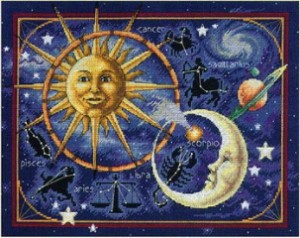 One of the things you need to know in order to develop your characters is their personality. One “quick and dirty” trick to getting a start on this is to use astrology.
One of the things you need to know in order to develop your characters is their personality. One “quick and dirty” trick to getting a start on this is to use astrology.
I’m not necessarily advocating astrology – or even stating whether or not I believe in it – but any good astrology website will give you a great little personality profile. That will give you a starting place for your character’s development.
You can go about this in two basic ways:
- Pick a random birthdate for your character and investigate the sign associated with that birthdate.
- Read through an astrology site and see if any of the personality charts sound like your character.
Let’s look at how this works.
Here’s what the website has to say about Gemini (Chance’s sign):
“A Gemini can change his clothes, his job, his love life or his residence as fast as he changes his mind, and that’s pretty fast. Finding a good example to study may keep you hopping. You could try a bookstore. He’s a browser, because he can get the gist of the contents in a brief scanning of the pages. (It’s no accident that John F. Kennedy was a speed reader.) Mercury people also have that nasty habit of reading the last page first.
When you’ve found this quicksilver person, study him carefully, even if you do get exhausted following him around. The first thing you’ll notice is a nervous energy that fairly snaps, crackles and pops in the air around him. An occasional Gemini will speak slowly, but most of them talk fast. All of them listen fast.
Man or woman, Gemini is impatient with conservative stick-in-the-muds, or with people who can’t make up their minds where they stand on particular issues. Gemini knows where he stands, at least for the moment.
Unless there’s a conflicting ascendant, the Gemini build is generally slender, agile and taller than average. Many of them have small, sharp features, as if they were cut in a cameo. You’ll find some with brown eyes, of course, but the majority of those ruled by Mercury will have beautiful, crystal-clear hazel, blue, green or gray eyes that twinkle and dart here and there. Geminis never rest their eyes on one object for more than a few seconds. In fact, their alert, quick-moving eyes are often the easiest way to recognize them. The complexion tends to be rather pale, yet they usually tan easily, and that’s the way to spot them in the summer. (In the winter, they often have wind bums from swooping down a ski slope.)
There’s an eagerness about Geminis, an immediate, sympathetic friendliness, and unusually quick, but graceful movements. The hair can be light or dark or both-like, streaked. Twins, remember? The nose is likely to be long and straight or dainty-in either case, probably well formed. There’s frequently a receding hairline in the men (from all that activity in the brain, perhaps), and both sexes normally have rather high foreheads.”
You can see that not only does a good chart give personality traits, but also some physical features. This can be quite useful for fleshing out that secondary character – or even figuring out what your main characters look like.
Try this technique the next time you’re wondering about one of your characters. I think you’ll be pleased with how much information you can get from an astrology chart.
No one day in Chance’s hectic life can be considered ordinary, but we can make some generalizations.
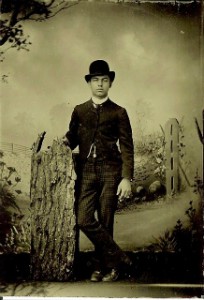
Chance generally rises later than his partner. His active mind often makes it difficult for him to get to sleep and stay asleep, so he frequently dozes off around the time Carmela is starting the kitchen fire. Once up and moving, he’ll stop by the kitchen for a light breakfast with plenty of strong coffee. Before that, however, he must shave and make certain he is the epitome of masculine fashion.
After breakfast, he and Kye usually read through the morning newspaper in search of entertainment. Chance usually spends the afternoon working on whatever project he’s got going, whether it’s collecting information for their next job, practicing his card games or lock-picking skills, or writing the next installment in the Devon Day and the Sweetwater Kid dime novels.
If left to his own devices, Chance might forget to eat lunch. If he’s at home, one of the servants will remind him to eat, or if he’s with Kye, he’ll get dragged into whatever restaurant is closest. Chance tends to have his heaviest meal in the evening, and he likes fine dining. If not dining at home, he’ll choose one of the best restaurants in town and be certain he has reservations for the evening.
He and Kye usually spend the evening in search of entertainment. Chance prefers more excitement, while Kye is more comfortable with a few friends. Chance is likely to be found at any large social gathering, at the theater or a lecture, or anywhere people gather. He’s just as likely to be found in the “bad” section of town, too, though he’ll wear his oldest clothes in that case rather than dressing to the nines.
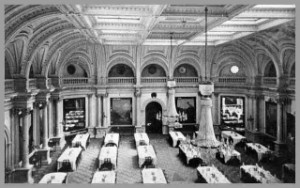
Chance enjoys strolling the streets of San Francisco, and often doesn’t stroll back home until early morning. He might have a pocket full of cash from a poker game, or he might just have spent his time exploring his city.
Kye’s day begins simply enough: Grab whatever’s handy in the wardrobe, shave, then head downstairs for a huge breakfast from Carmela, with a pot of strong coffee.
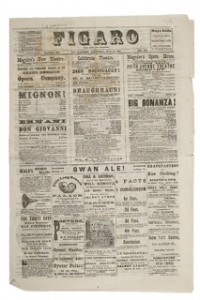
After reading the morning newspaper with Chance, Kye usually spends the day working on one of his projects. If he’s not tinkering with something in his workroom or out in the shed, he’ll probably be over at Red’s working on some sort of firearm, or at one of the town’s blacksmith shops learning a new technique.
Lunch is whatever’s handy. He might eat at home, or he might stop at the closest restaurant or pub. Kye’s not nearly as picky as Chance is – he’s more drawn to plain cooking and large servings (or “all you can eat”).
If he’s not in the middle of a project, he might hook up with Chance in the late afternoon, for a visit to Woodward’s Gardens or a matinee performance at the theater.
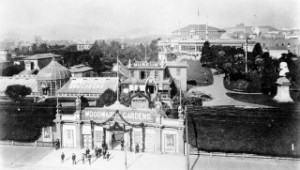
Evenings might be spent in any sort of search for entertainment: theater, sports (Kye is partial to boxing matches), visiting or hosting friends, or attending a lecture or other educational exhibit. Kye and Chance generally eat dinner fairly late, either at a restaurant or at home, and stay out until all hours of the morning. This explains why they’re not usually up and about until well after most people have already eaten breakfast and gone about their daily business.
Once he gets back home, Kye is likely to tinker some more on his latest project, and then retire to his or Chance’s sitting room for the evening newspapers and conversation (with brandy and/or coffee and a cigar or cigarette).
